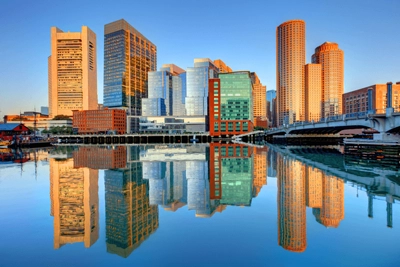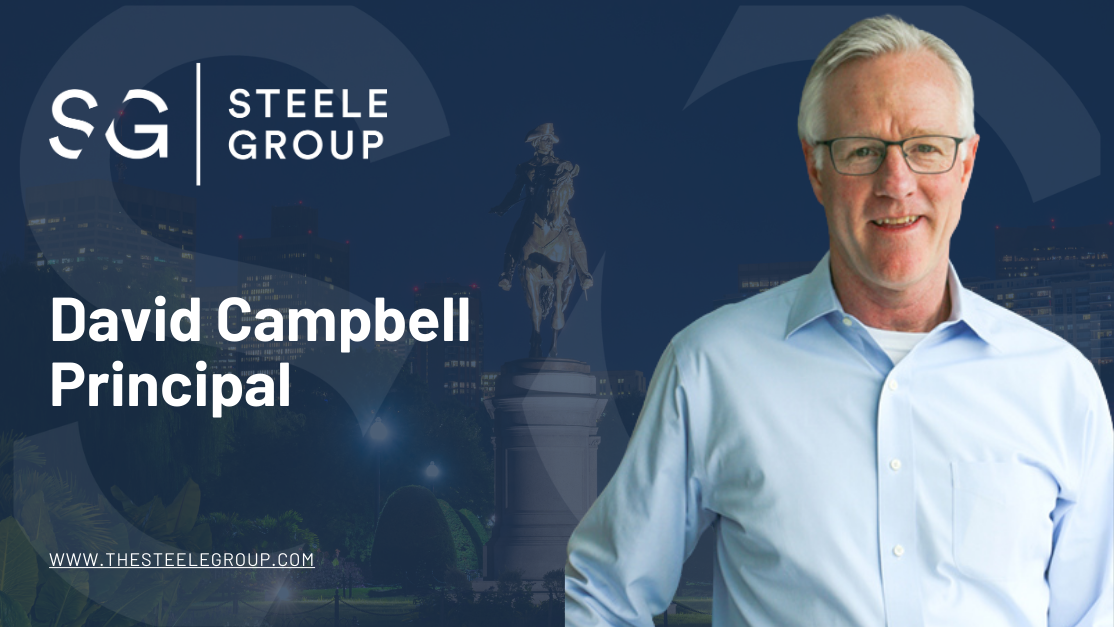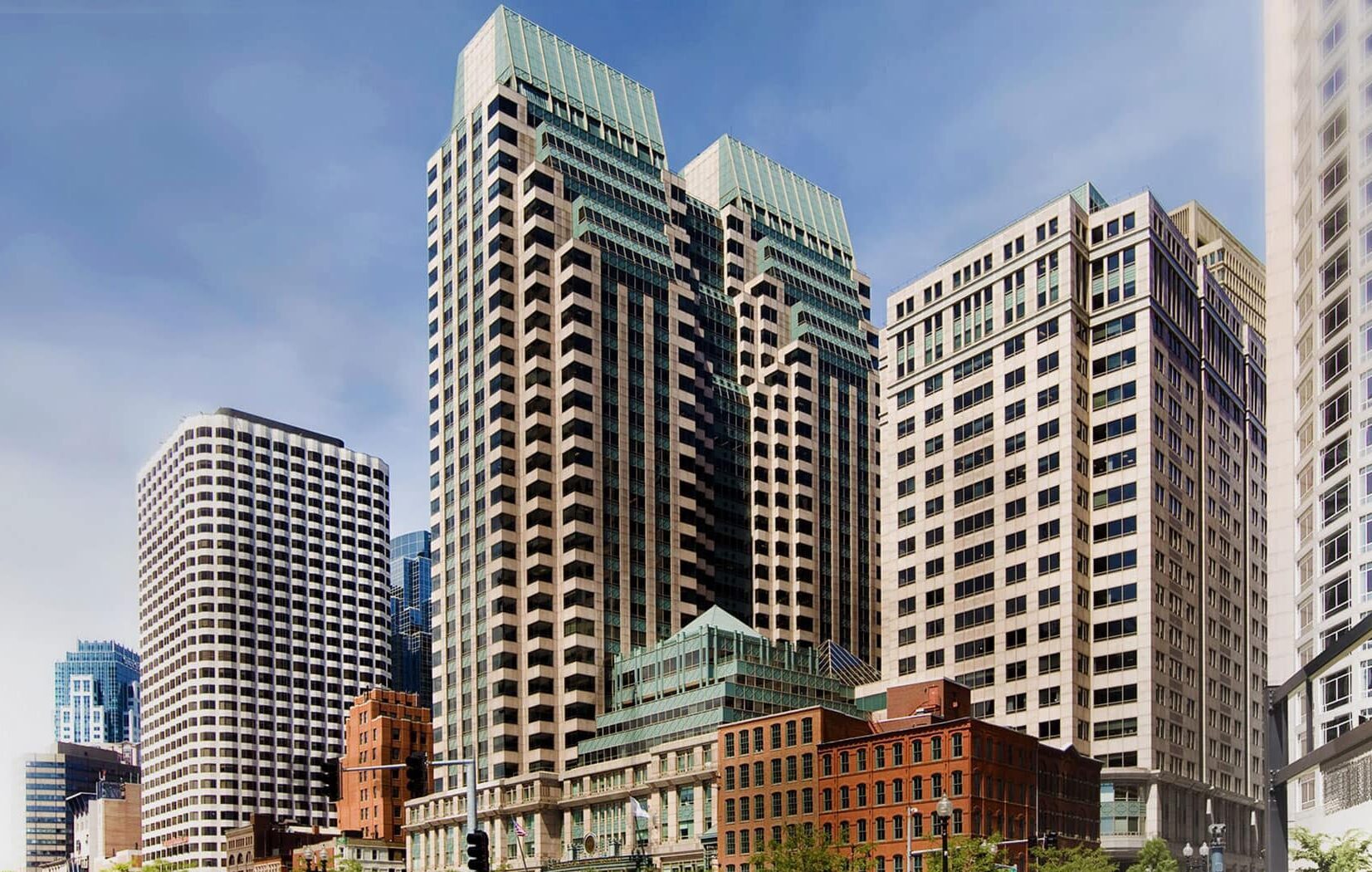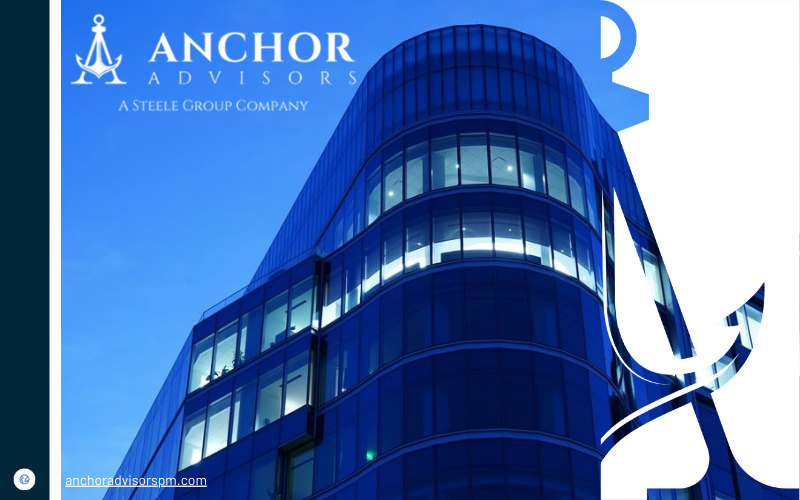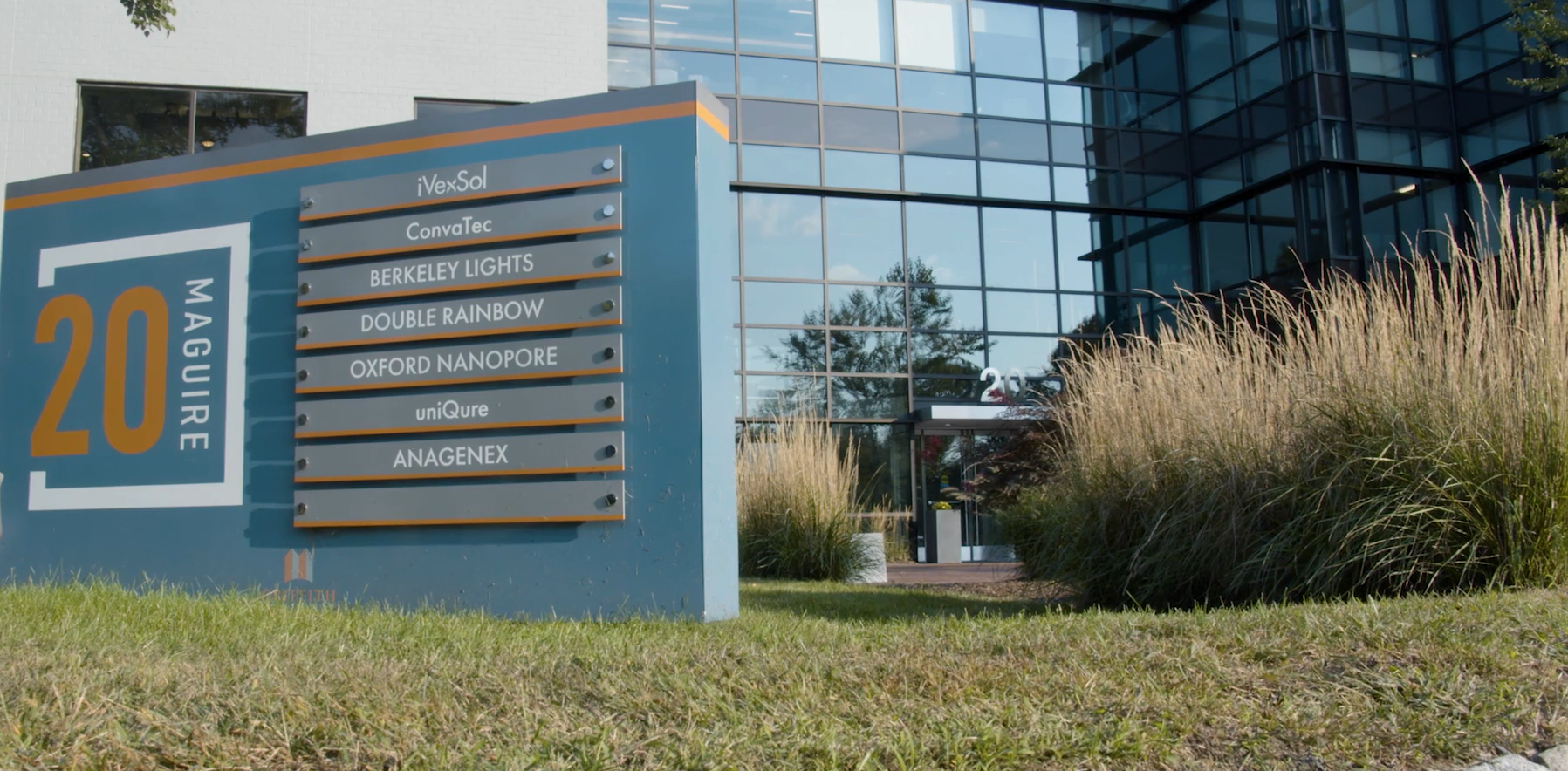Business continuity planning (BCP, aka, disaster recovery planning) is the broad process of identifying and planning for an event that can cripple or even eliminate a business. There’s nothing like a Cat 4 hurricane to remind people they should have one, especially if they had major operations in Hurricane Ian’s path which made landfall in Florida at the end of September, 2022. At The Steele Group, we regularly advise our clients to develop their own Business Continuity Plans. Here are a few of the observations that may help you develop your own.
Single Points of Failure – BCP is, in many respects, the process for managing single points of failure (SPF) and creating different levels of redundancy based on the criticality of the function. Data Center (DC) design provides a great framework to understand this concept. Key DC inputs such as power, cooling and network connectivity are prioritized and assigned redundancy levels called N, N+1, 2N, etc. Systems that can fail with little or no consequence might only have a N designation, the minimum capacity needed for the function to operate. Systems that are more important may have a N+1 designation. For example, if the operation needs 4 HVAC units, 5 would be installed so the cooling load can continue to be met even if one of the units goes down (or needs to be maintained, another component of the BCP).
Distributed Solutions – “Location, Location, Location” is a common phrase in real estate. In commercial real estate, a location can define the access to labor, customers, supply-chains, transportation, regulatory environments, working hours (e.g. time zone), etc. While many of our clients are in their start-up phase centered in one location, we recommend organizations explicitly consider hardwiring redundancy using secondary or tertiary locations to stay in business not only during major events, but also to adapt to changing circumstances. For example, multiple locations will access different labor pools if employees become scarce or expensive at an existing site. Remote work forces are another type of hedge against local labor shortages and during events (e.g. a blizzard).
It’s Always Something – SPFs for a single building may seem to be the most manageable and easy to plan, however, a building resides in a region where the variables in an event can multiply and playbooks may go out the window. For example, the storm surge in NYC from Hurricane Sandy in 2012 demonstrated that the common solution to re-fill generators with diesel fuel was derailed by the simple inability to get the fuel to them. Companies that had reserved backup space in a disaster recovery site discovered they were oversubscribed and unavailable. Other overlooked points of failure include preventive and predictive maintenance, supply chain breakdowns, operator error, and plain bad luck like the errant footstep of a squirrel on a transformer.
Resiliency as a Mindset – Given the numerous unforeseen ways things can go wrong, it is important for individual business decisions to be as robust as reasonable when they are made. For real estate, that could mean choosing a site out of a flood plain or avoiding sites with a single access road. These are just a few of the considerations a competent commercial broker will bring to a tenant’s attention when planning location strategy.
Plan and Communicate – Although, planning and preparing for an event with remote likelihood may feel like a waste of time, Business Continuity Planning is more than just a compliance exercise. When a disaster strikes, the speed and coordination with which an organization restores its operations will make a big difference with employees, investors, and customers. One of the keys to success is frequent re-appraisal of the plan and the people tasked with making it happen. Remember, any plan is better than no plan. If you don’t currently have a Business Continuity plan, feel free to reach out to the The Steele Group team for a complimentary overview of what a plan might entail for a business like yours.
